Omnivores |
Meat and VegetablesSome animals eat both plants and animals. They are omnivores.Omnivores include mammals like grizzly bears, striped skunks and raccoons and birds like crows, blue jays and woodpeckers. What's for Dinner?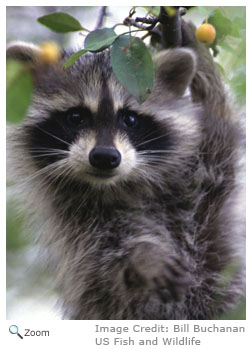 Because they eat plants and animals, omnivores survive well in many environments. Some omnivores, like the raccoon, the opossum, and the seagull have no problem adapting to living near humans. They often dig through garbage cans, dumpsters and gardens to find food. Because they eat plants and animals, omnivores survive well in many environments. Some omnivores, like the raccoon, the opossum, and the seagull have no problem adapting to living near humans. They often dig through garbage cans, dumpsters and gardens to find food. Sink Your Teeth Into This!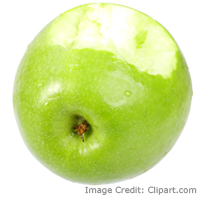 What did you have to eat today? If you are like most humans, you probably had meat and plants! Humans are omnivores too! Our teeth are designed to eat both meat and plants. Our front teeth help us rip into meat and bite into fruits and vegetables. Our molars help us grind up meat and chew fruits and vegetables. Many omnivorous animals also have teeth that help them eat both plants and animals. What did you have to eat today? If you are like most humans, you probably had meat and plants! Humans are omnivores too! Our teeth are designed to eat both meat and plants. Our front teeth help us rip into meat and bite into fruits and vegetables. Our molars help us grind up meat and chew fruits and vegetables. Many omnivorous animals also have teeth that help them eat both plants and animals. |
The Bear FactsBlack bears, polar bears, and grizzly bears are members of the carnivora order, but they are omnivores. 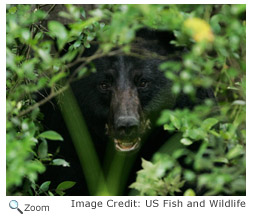 Most of the black bear's diet consists of plants. In the summer months, it eats grasses, herbs, sedges, fruits, berries, and nuts. It also eats insects. Black bears don't hunt for meat, but if they happen to come across carrion (a dead animal) they will eat it. Most of the black bear's diet consists of plants. In the summer months, it eats grasses, herbs, sedges, fruits, berries, and nuts. It also eats insects. Black bears don't hunt for meat, but if they happen to come across carrion (a dead animal) they will eat it. 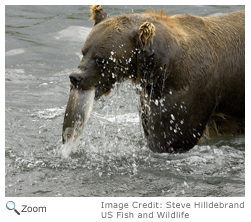 The brown bear eats berries, roots, fungi, grasses, fish, carrion, small mammals, and insects. Unlike the black bear, the brown bear is a hunter. It is very good at catching fish and it often uses its long claws to dig insects out of rotting logs and small mammals out of their burrows. Some brown bears in the Canadian Rockies hunt larger animals like moose, elk and goats. The brown bear eats berries, roots, fungi, grasses, fish, carrion, small mammals, and insects. Unlike the black bear, the brown bear is a hunter. It is very good at catching fish and it often uses its long claws to dig insects out of rotting logs and small mammals out of their burrows. Some brown bears in the Canadian Rockies hunt larger animals like moose, elk and goats.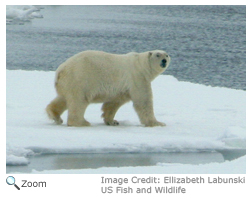 The primary food source for the polar bear is seals. It also eats fish, seabirds, and sometimes, reindeer. In the summer it also eats berries and other plants. The primary food source for the polar bear is seals. It also eats fish, seabirds, and sometimes, reindeer. In the summer it also eats berries and other plants. |
